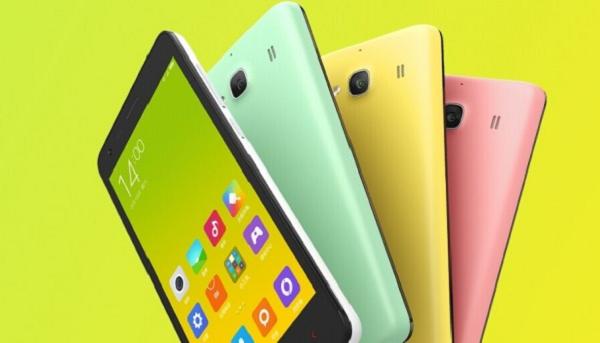Last Updated on May 13, 2019 by Mathew Diekhake
Xiaomi has always come up with some of the great Android devices and one of these is the Xiaomi Redmi 2. It’s the successor to the Xiaomi Redmi that was launched sometimes back. If you’ve purchased this shiny new device called Redmi 2 and wish to root it, the following tutorial should help you.
Once you’ve rooted your Xiaomi Redmi 2, you should be able to enjoy many of the root-requiring apps on it. You should also be able to install a custom recovery on it as installing a recovery does require your device to be rooted.

So, here you go folks:
Files You Need
1. This should flash the Developer ROM on your device that comes rooted by default.
2. Download the Developer ROM for your Xiaomi Redmi 2 to your computer. It is the whole operating system that will run on your device.
3. Backup files on your device before you do the tutorial. This should wipe off all the data on your device.
Rooting the Xiaomi Redmi 2
1. Connect your phone to your computer using a USB cable.
2. Copy Developer ROM from your computer over to the downloaded_rom folder on your internal storage.
3. When the ROM is copied, disconnect your phone from your computer.
4. Open Menu on your phone and launch the Updater app.
5. Press the Menu button and select Choose update package.
6. Choose the Developer ROM that you copied earlier to your phone.
7. Wait for it to update your device with the Developer ROM.
8. Your phone should reboot when the ROM is installed.
9. You’re done.
And you’re now rooted.
Your Xiaomi Redmi 2 should now be rooted and you can access your favorite root-requiring apps on it.
You can now head to our how to install a custom recovery on the Xiaomi Redmi 2 tutorial to install a custom recovery on your device that lets you flash a custom ROM or a custom kernel on your device.
You might come across the occasional large website that doesn’t know Android quite as well as the hardcore fans among you talk about how rooting Android is basically the same thing as jailbreaking. Rooting and jailbreaking are fundamentally entirely different things on phones, but they do have some things in common.
When you choose to jailbreak your Apple device, it allows you to have Cydia and then install lots of things called Cydia tweaks or apps. When you root Android is too allows you to install apps, and many of those apps are designed for tweaking your software or operating system.
The difference is Android always has this thing called the root user account, and it is naturally there in Android until someone takes it away. Android developers take it away from everyone before they sell it on devices, so nobody is the root user. If you want to become the root user again, you need to work for it, and the work you need to do is following one of the rooting guides that teaches you how to root the device.
If you need to find out what apps you can install that help you tweak the Android operating system so it has the features and designed you want it to have you can read up on our article that goes into great details about what many of the best root applications for Android are. You can install all of those apps no matter what way you have chosen to become the root user of your Android operating system.
